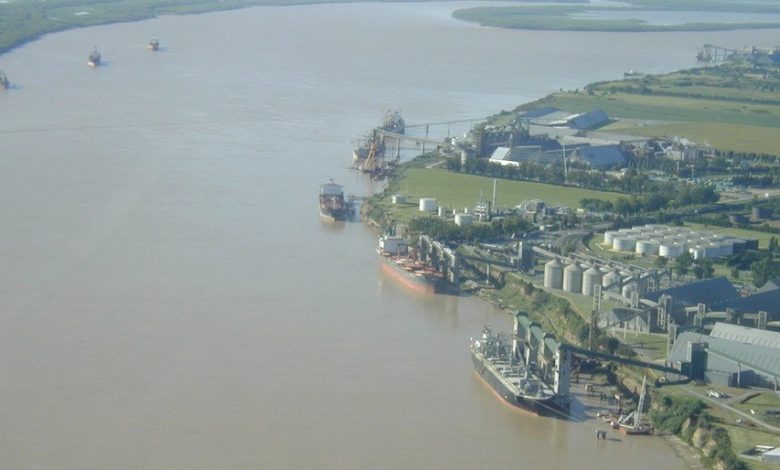Argentine grain exports hit by decreasing water levels on Parana River

Ships carrying grain from Argentina’s inland Port of Rosario, the country’s main export hub for soy and corn crops, are being forced to leave with a 30% smaller load owing to a record drop in water levels in the Parana River.
Due to the low water level, handymax ships are currently loading 13,000 tonnes less cargo, while panamax bulkers are loading 16,000 tonnes less, according to Guillermo Wade, manager of Argentina’s Chamber of Port and Maritime Activities (CAPyM), who spoke to Reuters this week.
The Parana River’s water levels have been a concern for at least a year, causing carriers to cut cargoes to prevent grounding in the shallow water. Due to dry circumstances in Argentina, the river recently reached its lowest level since late 2019. It was measured at 0.43 m below sea level, compared with an average for this time of year of 3.24 m, according to Argentinian waters agency INA.
From Rosario, ships can sail directly to the Atlantic Ocean. If the water level near the port becomes too low to allow ships to fully load, crops may have to be carried by road to another port closer to the ocean, dramatically increasing transportation costs and time.
January is typically a month of lower river traffic since Argentina’s two primary crops, corn and soybeans, have yet to be harvested, leaving wheat as the principal grain being shipped.
